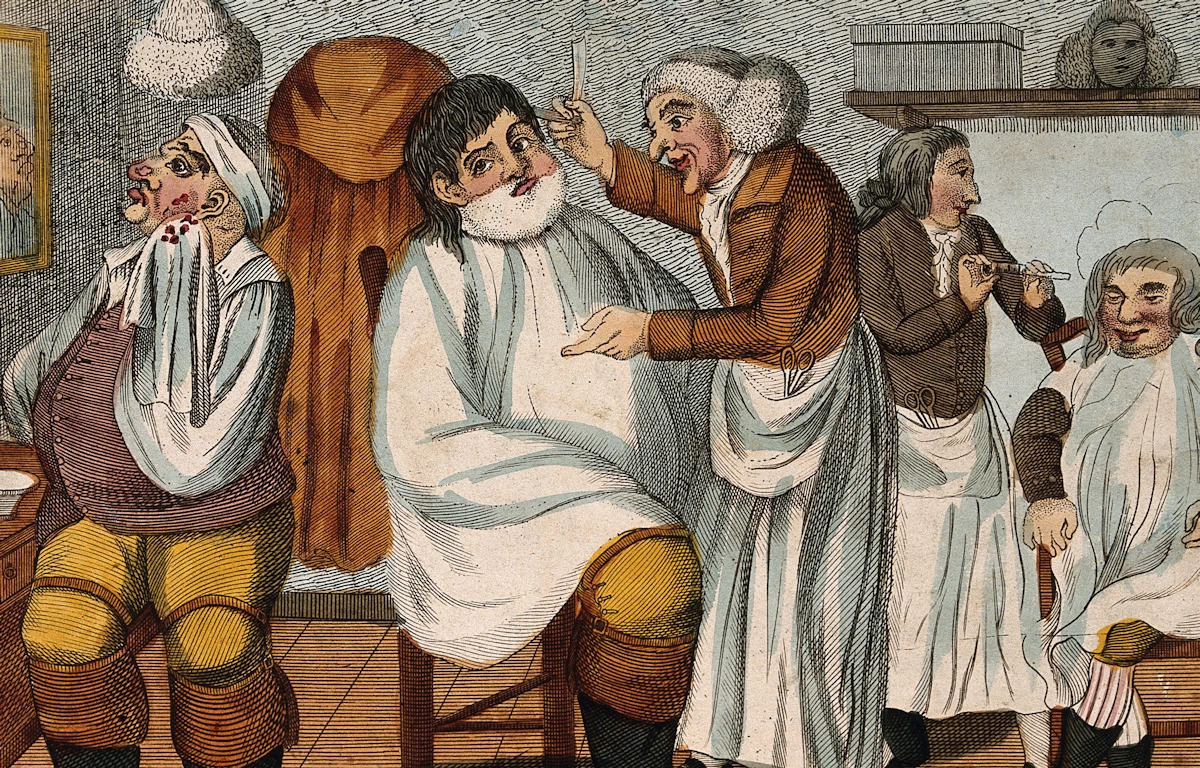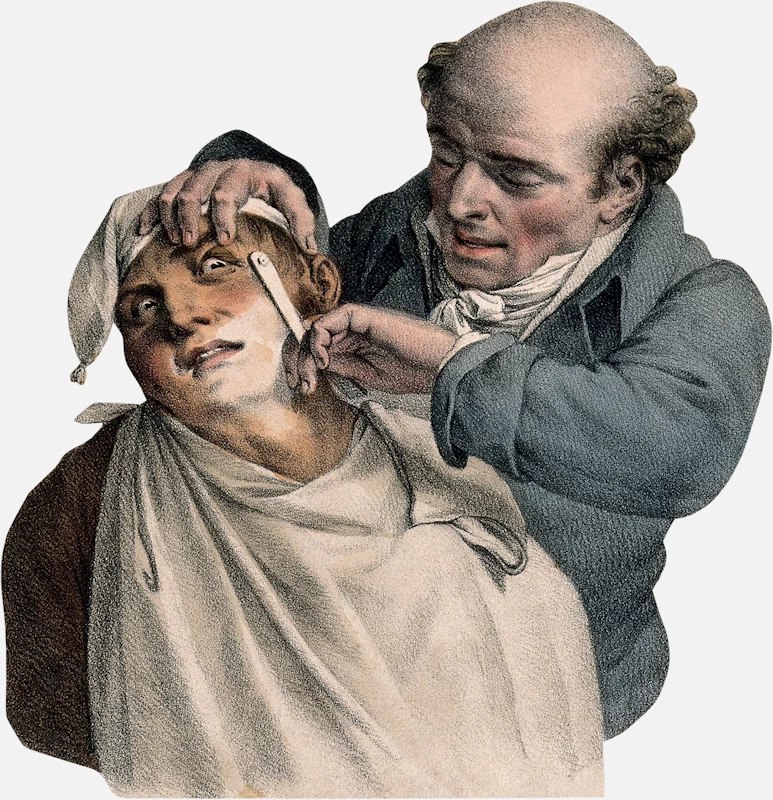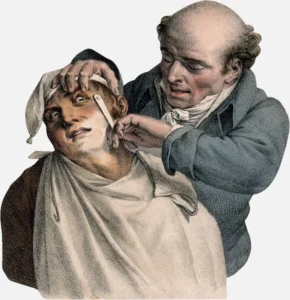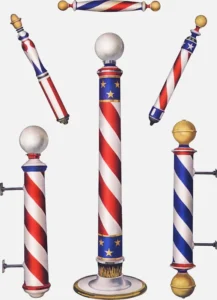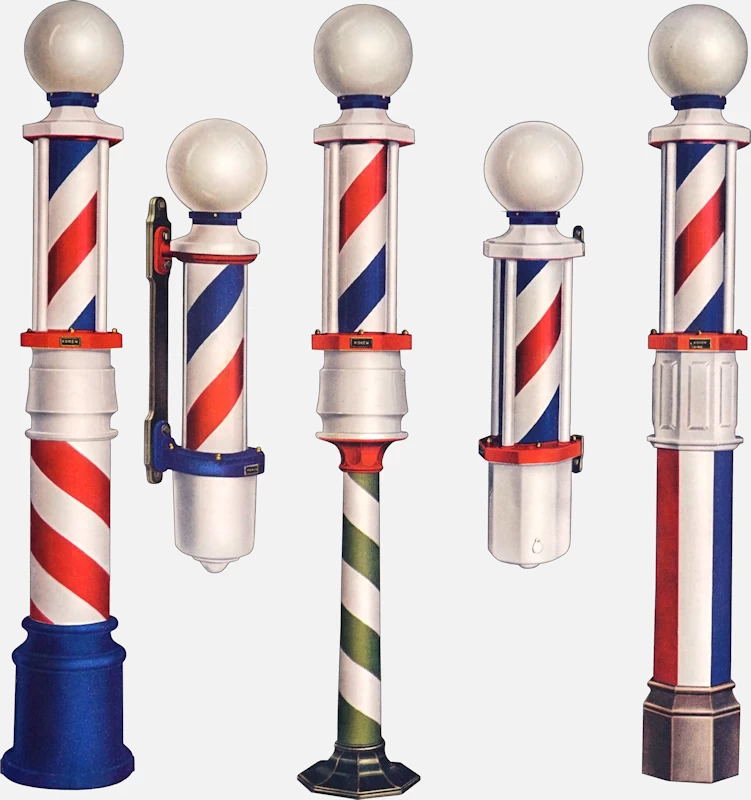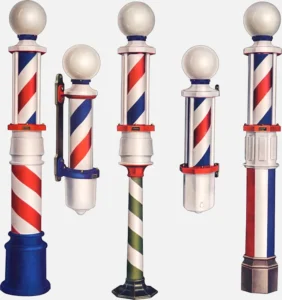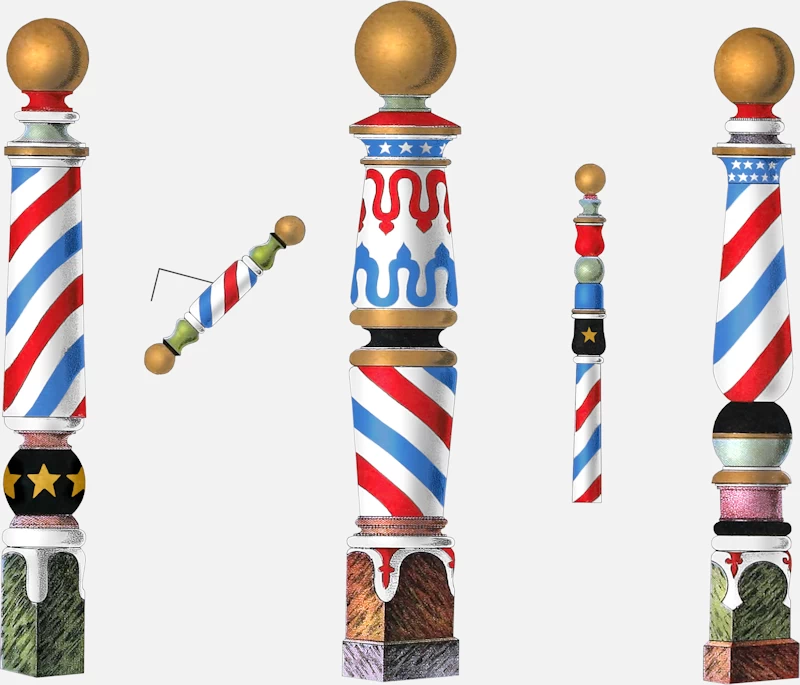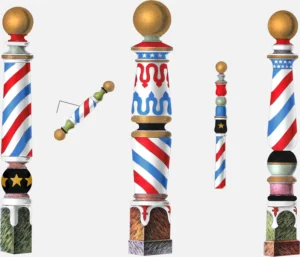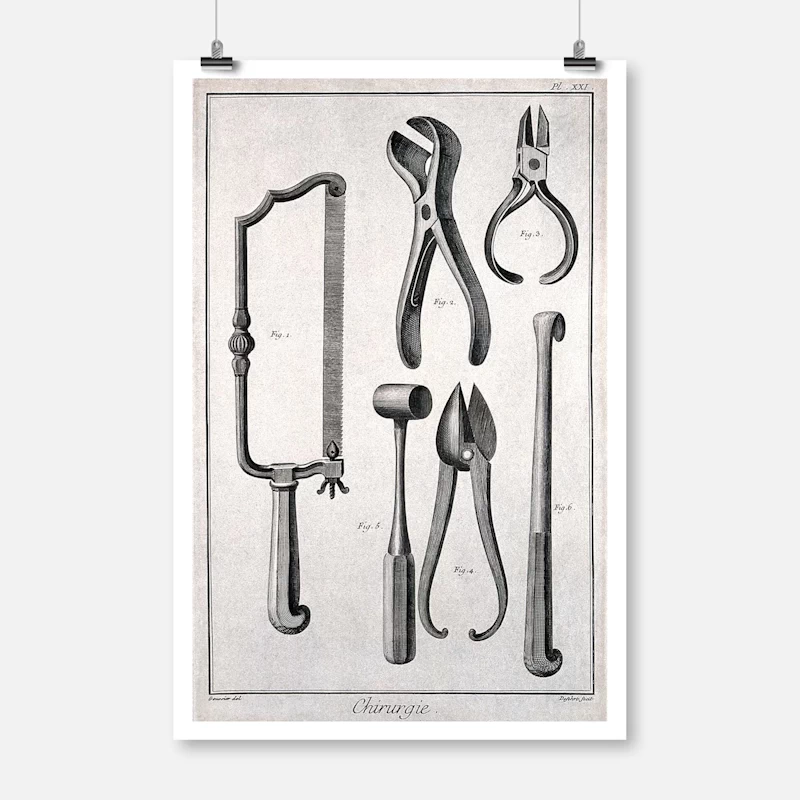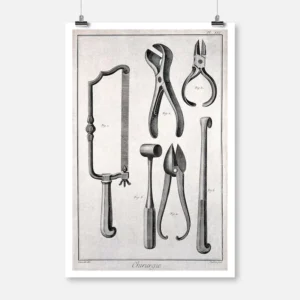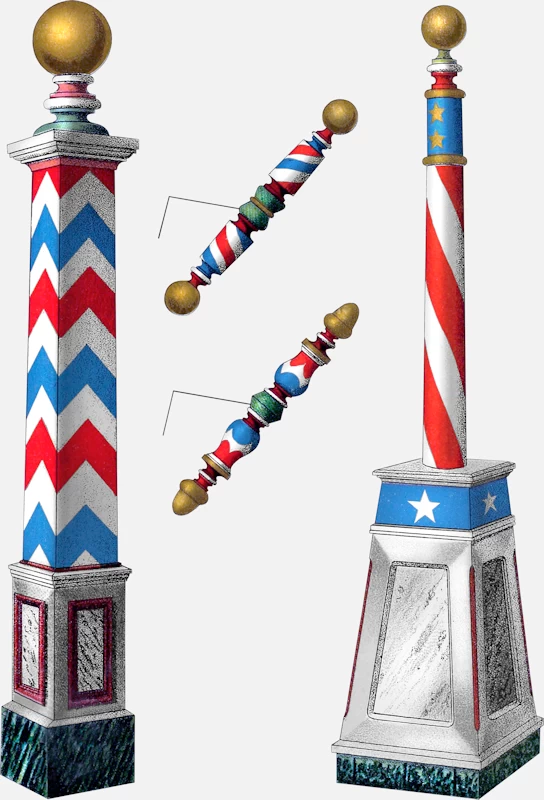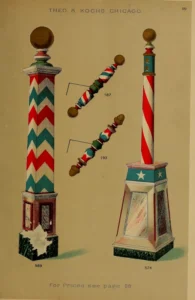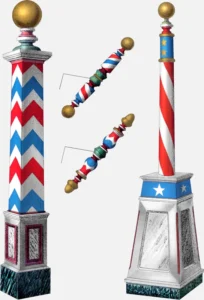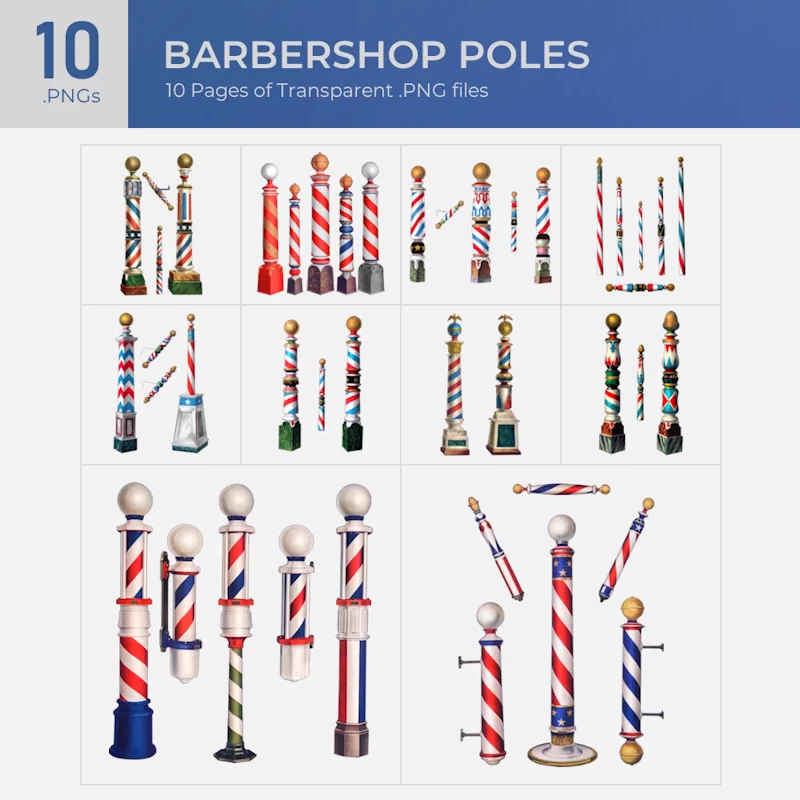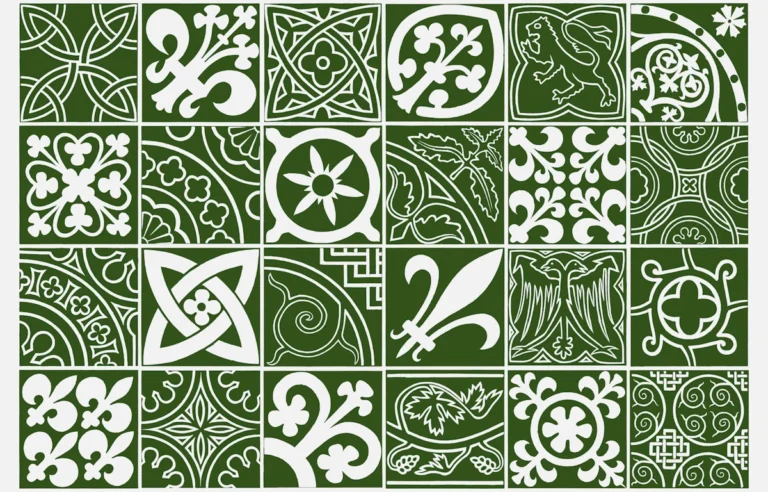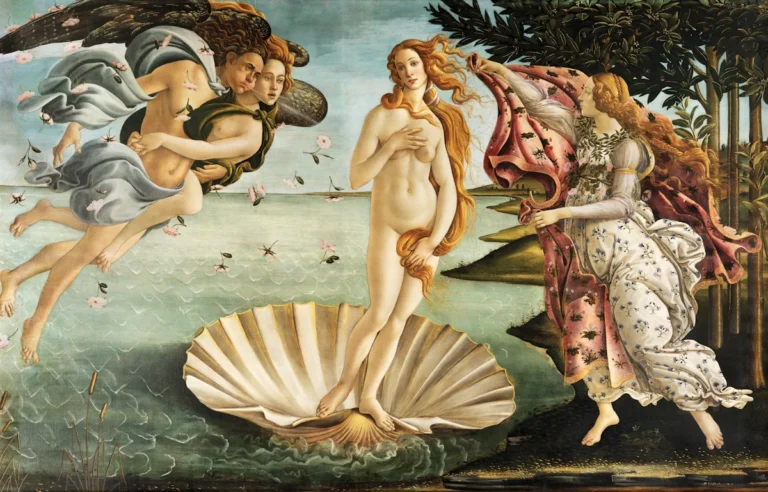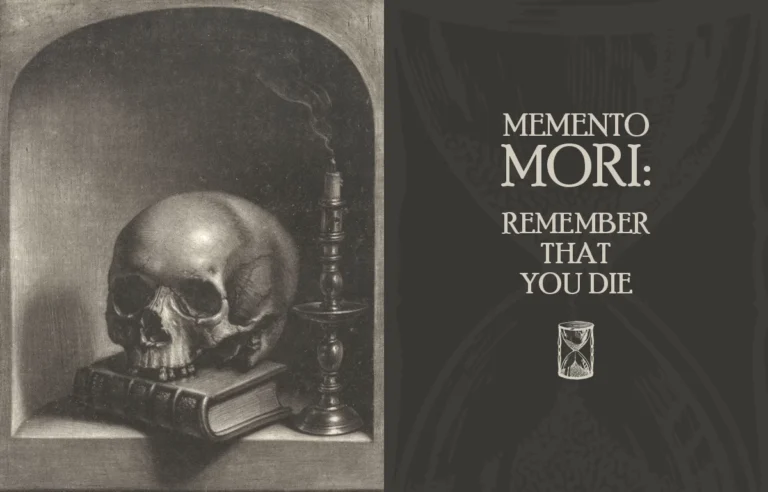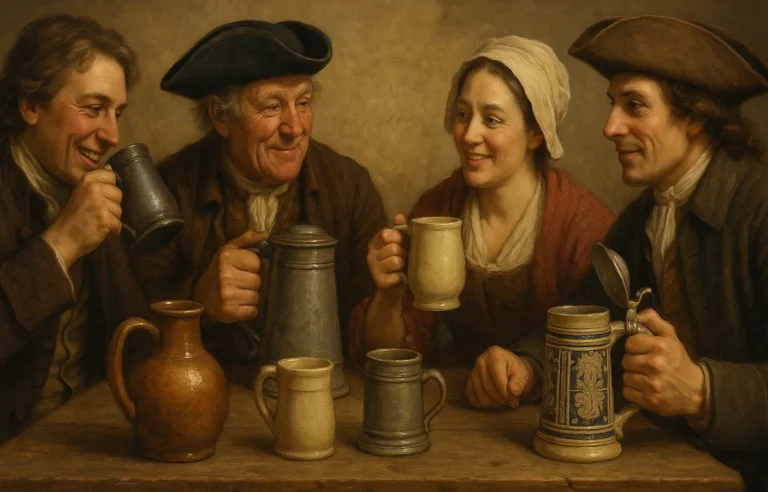The Barber-Surgeons: When Your Haircut Came with Surgery
Today, a trip to the barber might leave you with a fresh fade, a close shave, or maybe a regrettable buzz cut. But in the Middle Ages, stepping into a barbershop could mean walking out with a missing tooth, a stitched-up wound, or even a hastily performed amputation. Barbers weren’t just in charge of grooming—they were also the surgeons of the time, handling everything from battlefield injuries to bloodletting.
These barber-surgeons filled a crucial role in medieval society. While physicians were busy reading ancient medical texts and pondering theories, barber-surgeons were the ones actually treating patients. With their razors and steady hands, they stitched wounds, set broken bones, and performed minor surgeries, all while still offering a good old-fashioned shave.
Why Were Barbers Performing Surgery?
In medieval medicine, roles were divided into three main groups. Physicians, who were highly educated and often wealthy, preferred to focus on diagnosing illnesses rather than treating them. Apothecaries mixed up herbal remedies and potions, hoping to cure ailments with plants and mysterious concoctions. Barber-surgeons, meanwhile, handled the messy, hands-on work of medicine.
Since barbers were already skilled with sharp blades, it made sense for them to take on medical procedures. They weren’t formally trained doctors, but they were far more accessible than physicians, and in many cases, they were the only option for those in need of urgent care. Whether someone had a rotten tooth, an infected wound, or a limb that needed removing, the barber-surgeon was the one to call.
Bloodletting: The Medieval Cure-All
One of the barber-surgeons’ most common procedures was bloodletting, a practice based on the ancient belief that good health depended on balancing the body’s four humors: blood, phlegm, black bile, and yellow bile. If a person was sick, the logical solution—at least by medieval standards—was to drain some of their blood.
Using sharp lancets or even leeches, barber-surgeons would open a vein and let the blood flow, hoping to restore the body’s equilibrium. It was considered a cure for everything from fevers to headaches, though in reality, it often left patients weaker and more vulnerable to infection. Despite the questionable science, bloodletting remained wildly popular for centuries. If you visited a barber in those days, you might leave not just with a stylish haircut, but also significantly less blood.
The Strange Story Behind the Barbershop Pole
Ever wondered why barbershop poles have those swirling red and white stripes? Their origins are just as gruesome as you might expect.
In the days of bloodletting, patients would grip a wooden pole to help their veins bulge, making it easier for the barber-surgeon to cut into them. A brass basin sat at the top of the pole, often filled with leeches, while another basin at the bottom collected the drained blood. Over time, these poles became symbolic, and barbers began displaying bloodied bandages outside their shops, wrapping them around poles to dry.
Eventually, the pole itself became a permanent fixture. The red stripes represented the bloodletting, while the white signified the bandages used to wrap patients afterward. When the tradition spread to America, blue was added, possibly as a nod to the national flag or to represent veins. The modern barbershop pole is a sanitized version of this grim history, but its swirling stripes still tell the story of the barber-surgeons’ unusual past.
Barbers on the Battlefield
Barber-surgeons weren’t just confined to barbershops. In times of war, they became essential medical personnel on the battlefield, treating wounded soldiers with whatever tools they had at hand. The conditions were far from sterile, but their work was often the difference between life and death.
Amputations were performed quickly, usually without anesthesia, and barber-surgeons had to rely on their speed and precision to keep patients from going into shock. Infections were rampant, and pain management was limited to strong alcohol or, in some cases, a firm piece of wood to bite down on. Despite these harsh realities, barber-surgeons were indispensable in war, using their skills to keep soldiers alive long enough to fight another day.
Training and Tools of the Trade
Unlike physicians, who studied medicine at universities, barber-surgeons learned their craft through apprenticeships. Young trainees would work alongside experienced barber-surgeons, observing procedures, assisting in surgeries, and eventually performing medical tasks themselves. Their training was hands-on and practical—there was no room for hesitation when a patient needed immediate care.
Their tools were simple but effective. Razors, originally meant for shaving, were also used for bloodletting and minor surgeries. Scalpels came in handy for cutting away damaged tissue, and tooth-pullers were a common sight, since dentistry at the time mostly involved yanking out infected teeth. These instruments weren’t always cleaned between uses, which led to a high risk of infection, but considering the era, barber-surgeons did the best they could with what they had.
The End of the Barber-Surgeon Era
By the 18th century, the fields of barbering and surgery finally split apart. Medical science was advancing, and governments began regulating who could perform surgeries. In England, the Royal College of Surgeons emerged from what was once the Guild of Barber-Surgeons, formalizing surgery as a profession separate from barbering. Barbers returned to their original role as groomers, leaving surgery to those with proper medical training.
Despite this separation, the barber-surgeons left a lasting impact. The sight of a barbershop pole still carries echoes of their history, a reminder of a time when your local barber was more than just a stylist—he was also your doctor, dentist, and, if necessary, battlefield medic.
So next time you sit in a barber’s chair, be grateful that the only thing getting cut is your hair.
Preserving Barber-Surgeon History
We have restored about a dozen vintage illustrations of barbershop poles. If you use these images in your projects you are helping us to preserve an important part of history. These illustrations provide a reminder of a world where healthcare wasn’t confined to hospitals or elite physicians, but could be found in the chair of your local barber. The barbershop pole, with its swirling stripes, stands as a testament to this rich and multifaceted history of barbers and barber-surgeons.
Bonus trivia: Medieval Catholic monasteries all employed barbers as the monks were required to maintain their tonsures (the baldness on the top of their heads).
Bonus Bonus trivia: In South Korea, barbershop poles suggest there is a nearby barber…or brothel. Usually the brothels use two poles spinning different directions, but that isn’t always the case.


